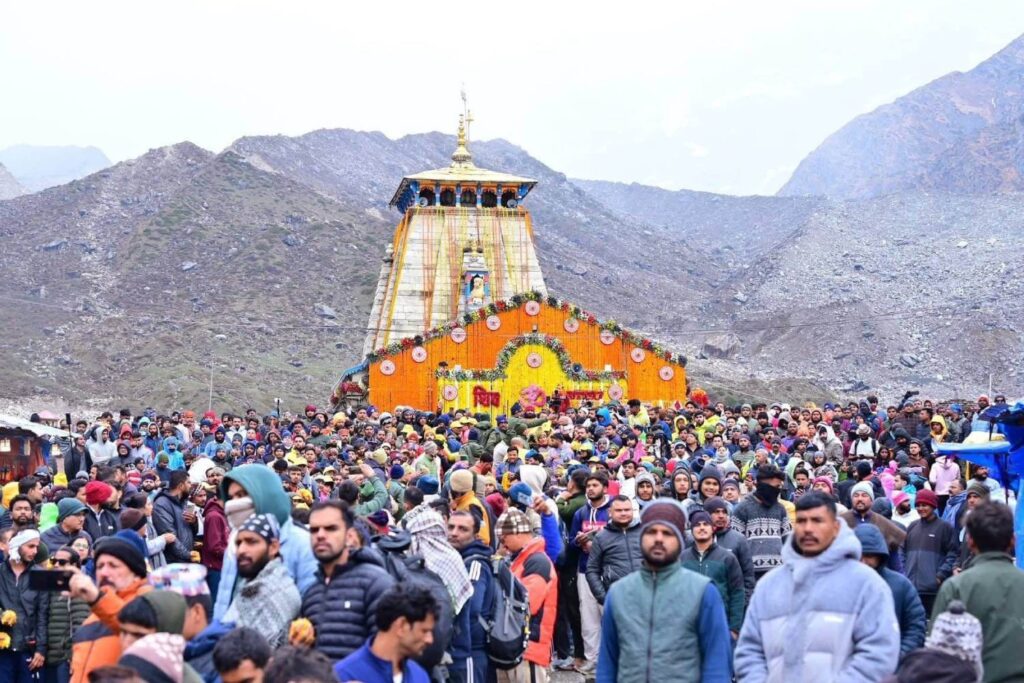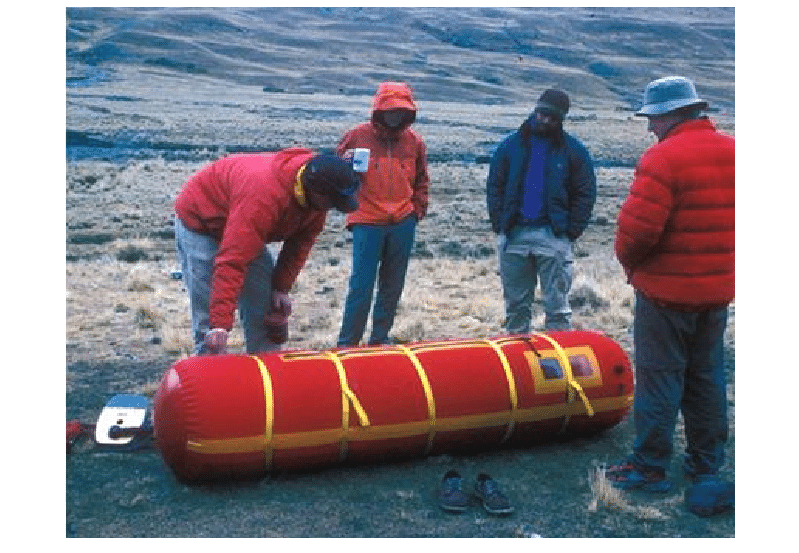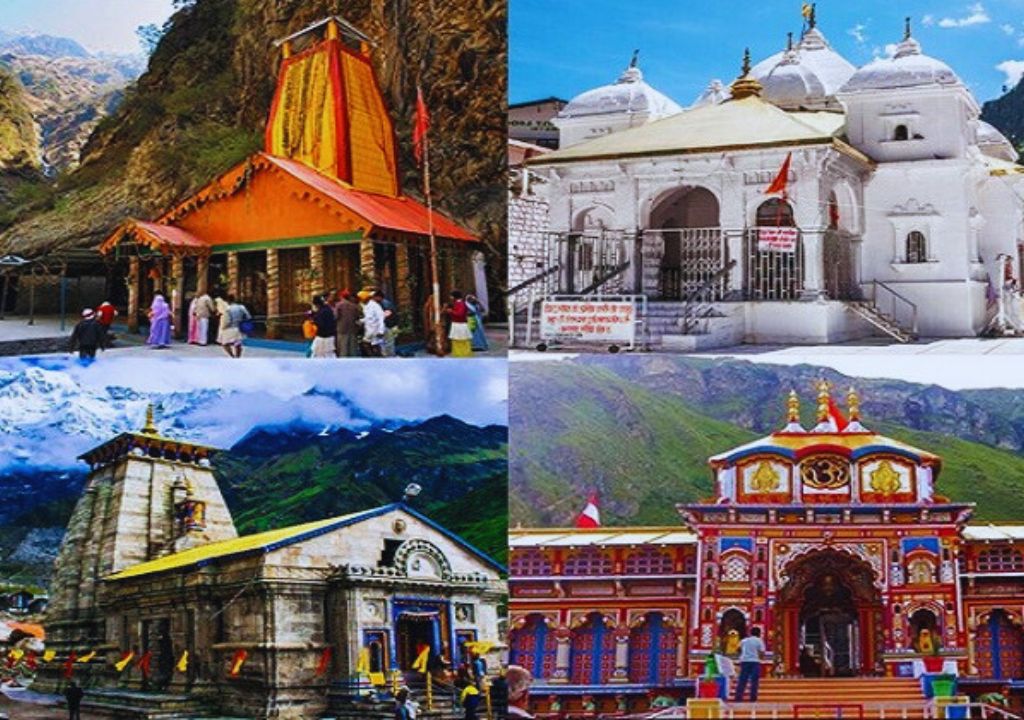June 05, 2025
The Chardham Yatra, a sacred pilgrimage to the four revered shrines of Kedarnath, Badrinath, Yamunotri, and Gangotri in Uttarakhand, has long been a cornerstone of spiritual devotion for millions of Hindus. However, the 2025 pilgrimage season has been overshadowed by a grim statistic with 80 deaths in just 36 days till date. Of these, 71 fatalities have been attributed to poor health, predominantly heart attacks, raising serious concerns about the safety and management of this high-altitude journey.
Over 50,000 pilgrims have sought medical attention during this period, underscoring the immense strain on healthcare infrastructure along the pilgrimage routes. Authorities have noted a lack of oxygen and extreme weather as contributing factors, with the majority of the deceased being elderly pilgrims unprepared for the physical demands of the journey.
This isn’t the first time the Chardham Yatra has faced such a crisis. Historical data paints a troubling picture. In 2023, 250 pilgrims died during the Yatra, translating to a death rate of 4.5 per lakh pilgrims, an improvement from 2022’s alarming 7.5 per lakh. A 2022 study published in the International Journal of Research and Review (IJRR) reported 120 deaths in just 27 days during the Kedarnath Yatra alone, linking the fatalities to a combination of post-COVID health complications and acute mountain sickness (AMS). The study highlighted how underlying health conditions, exacerbated by the high-altitude environment, were a major factor in these deaths. The 2025 figures, while slightly better than 2022’s per-capita death rate, still indicate a systemic failure to address the root causes of these tragedies. High-altitude pilgrimage medicine emphasizes the risks faced by physically unfit individuals—often elderly pilgrims with co-morbidities—who ascend too quickly to altitudes exceeding 3,000 meters. The lack of adequate medical facilities, such as hyperbaric bags for treating AMS, further compounds the problem, leaving pilgrims vulnerable in austere settings where immediate descent isn’t always possible.


Overcrowding has been a recurring issue in the Chardham Yatra, with past seasons exposing the administration’s inability to manage the influx of pilgrims. In 2024, over 650 pilgrims were turned away from Badrinath due to registration failures, prompting authorities to shift offline registrations to Rishikul Ground in Haridwar and Rishikesh to alleviate congestion. Despite these measures, the 2025 season suggests that the problem persists.
The reports from 2024 noted efforts to improve the pilgrimage experience, including mandatory health checks for pilgrims and the deployment of medical teams along the routes. However, the 2025 death toll indicates that these measures have not been sufficient. The administration’s focus on facilitating spiritual fulfillment must be balanced with ensuring the safety and well-being of devotees, many of whom undertake the arduous trek without fully understanding the risks involved.
The Health Risks of High-Altitude Pilgrimage
High-altitude pilgrimage poses unique health challenges, particularly for those unaccustomed to such environments. The high-altitude pilgrimage medicine is when, pilgrims ascend rapidly to altitudes above 3,000 meters, where the lower oxygen levels can trigger AMS, high-altitude pulmonary edema (HAPE), or high-altitude cerebral edema (HACE). Symptoms of AMS—such as headaches, nausea, and dizziness—can escalate quickly, especially in individuals with pre-existing conditions like hypertension, diabetes, or heart disease, which are common among elderly pilgrims.
Interestingly, a High Altitude Medicine & Biology study debunked any direct analogy between COVID-19 and AMS, despite earlier hypotheses suggesting overlapping mechanisms like lung inflammation and hypoxia. However, the 2022 IJRR study pointed to a possible link between post-COVID syndrome and increased vulnerability to AMS, suggesting that pilgrims who had recovered from COVID-19 might face heightened risks due to lingering cardiovascular or respiratory issues.
To prevent further tragedies, the following measures are imperative:
Mandatory Health Screenings: Stricter pre-Yatra health checks, including assessments for cardiovascular fitness and acclimatization readiness, could identify at-risk pilgrims and provide them with necessary guidance or restrictions.
Enhanced Medical Infrastructure: Deploying more health camps equipped with hyperbaric bags, oxygen cylinders, and trained personnel at regular intervals along the routes could save lives. Mobile medical units should be prioritized for remote stretches.
Crowd Control Measures: Limiting the daily number of pilgrims and enforcing online and offline registration protocols can reduce overcrowding. Real-time monitoring of pilgrim numbers at each shrine could help manage the flow.
Public Awareness Campaigns: Educating pilgrims about the risks of high-altitude travel, the importance of gradual acclimatization, and the need for proper hydration and rest could empower them to make safer choices.
Virtual Alternatives: Promoting virtual darshan options for those unable to undertake the physical journey could reduce the strain on infrastructure while ensuring inclusivity.
The Chardham Yatra holds profound spiritual significance, but it should not come at the cost of human lives. The 2025 season’s death toll is a stark reminder that faith must be complemented by foresight, preparation, and responsibility. As the pilgrimage continues, the onus is on the administration, healthcare providers, and pilgrims themselves to ensure that this sacred journey remains a source of spiritual fulfillment—not a path to tragedy.



